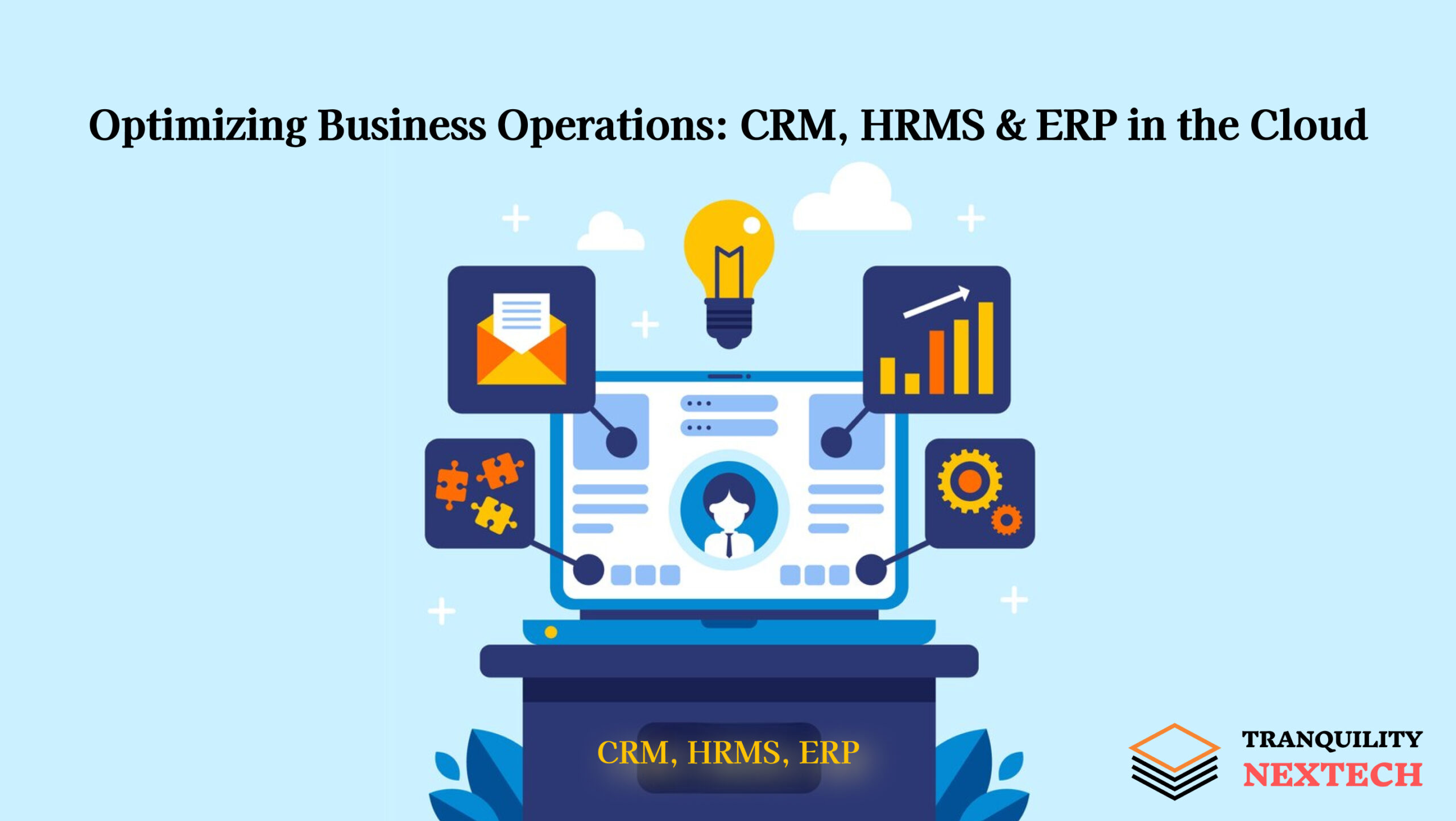In the digital transformation era, companies are increasingly adopting multi-cloud environments to leverage the strengths of various cloud providers. However, managing data effectively across multiple clouds presents unique challenges. With the right data management strategies, organizations can optimize operations, ensure data security, and achieve higher scalability.
The Importance of Data Management in Multi-Cloud Environments
Adopting a multi-cloud approach enables organizations to reduce reliance on a single cloud provider and benefit from specialized services. However, this setup introduces complexities in data management, as data needs to be securely stored, accessed, and analyzed across diverse platforms. Efficient data management in multi-cloud environments is critical for ensuring consistency, security, and seamless access.
Challenges in Multi-Cloud Data Management
- Data Integration Across Clouds: Integrating data across multiple cloud providers is a primary challenge in multi-cloud environments. Organizations must ensure data is accessible and compatible across platforms without compromising integrity or security. This requires robust data integration strategies and tools that allow seamless connectivity.
- Data Security and Compliance: With multiple clouds, ensuring data security and meeting compliance requirements becomes more complex. Each cloud provider has its security protocols, and adhering to varying data protection laws, like GDPR or CCPA, across different platforms requires meticulous data management practices.
- Data Visibility and Monitoring: Organizations must maintain data visibility across all platforms in a multi-cloud setup. Proper monitoring makes tracking data usage, detecting anomalies, and identifying potential security risks easier. Tools that provide real-time monitoring and logging capabilities are essential for maintaining data transparency.
- Data Latency and Performance: Data latency and performance are vital considerations when working with multi-cloud environments. The distance between different cloud servers and the location of end-users can impact the speed of data retrieval and processing, leading to latency issues. Strategies like data replication and load balancing are crucial for optimizing performance.
Best Practices for Data Management in Multi-Cloud Environments
To successfully manage data in a multi-cloud environment, organizations must adopt specific practices to ensure data integrity, security, and accessibility.
- Establish a Centralized Data Management Platform: A centralized platform that can manage data across multiple clouds is essential. By leveraging data management tools that provide unified views and control, organizations can enhance data accessibility and simplify data governance. Tools like Amazon Redshift or Google BigQuery are popular for consolidating data across different clouds.
- Implement Data Governance Policies: Effective data governance ensures that data is accurate, consistent, and secure. In a multi-cloud environment, data governance policies should cover data ownership, access control, compliance, and retention. Implementing standardized governance policies across all cloud providers is critical for maintaining data consistency.
- Leverage Data Encryption: Data encryption is vital for securing data across different platforms in a multi-cloud architecture. Organizations should adopt end-to-end encryption practices to ensure data security, even if a specific cloud provider’s encryption fails. Additionally, encrypting data in transit and at rest ensures robust data protection.
- Automate Data Management Tasks: Automation can significantly simplify data management by reducing manual intervention and minimizing errors. Tasks such as data synchronization, backup, and recovery can be automated across clouds, improving efficiency and reducing the risk of data loss.
- Regularly Monitor Data Usage: Regular monitoring helps organizations track data usage, ensuring it aligns with their data governance policies. By setting up real-time alerts, organizations can detect unusual activities, allowing them to respond proactively to potential security threats. Monitoring tools like Datadog or CloudWatch are ideal for tracking data across multiple cloud environments.
Advantages of Effective Data Management in Multi-Cloud Environments
- Enhanced Data Accessibility: Efficient data management enables teams to access data quickly, regardless of location. This accessibility is especially beneficial for businesses that operate in multiple regions or collaborate with remote teams.
- Cost Efficiency: Effective data management helps reduce costs by optimizing data storage and minimizing redundancy. Organizations can avoid storing duplicate data across clouds, thus reducing data storage expenses.
- Improved Scalability: A well-structured data management strategy allows companies to scale seamlessly, adapting to increased data loads. This scalability is critical for businesses experiencing rapid growth or seasonal spikes in data usage.
- Data Resiliency and Backup: Multi-cloud setups enhance data resiliency by enabling regular cloud backups. If one provider experiences downtime, organizations can quickly switch to an alternative cloud, minimizing disruption.
- Increased Security and Compliance: With multi-cloud data management, organizations can enforce robust data security protocols across providers. This approach ensures compliance with industry standards and safeguards sensitive information, building trust with customers and stakeholders.
10 Tools for Effective Data Management in Multi-Cloud Environments
- AWS Data Pipeline
- Google Cloud Dataflow
- Azure Data Factory
- Apache Airflow (workflow automation)
- Terraform by HashiCorp (infrastructure automation)
- Kubernetes (container orchestration)
- Collibra (data governance)
- Alation (data cataloging and governance)
- Talend (ETL and data governance)
- Snowflake (data storage and integration)
FAQs
1. What is data management in a multi-cloud environment?
- Data management in a multi-cloud environment involves organizing, securing, and accessing data across multiple cloud providers. Effective data management ensures that data remains accessible, consistent, and compliant with organizational policies.
2. How does multi-cloud data management improve security?
- Multi-cloud data management improves security by enabling organizations to implement data encryption and compliance controls across all cloud platforms, reducing the risk of unauthorized access.
3. What are some tools for data management in multi-cloud setups?
- Some common tools include AWS DataSync for data replication, CloudWatch for monitoring, and CipherCloud for encryption. These tools streamline data integration and security in multi-cloud environments.
4. Why is data governance important in multi-cloud environments?
- Data governance ensures data is accurate, secure, and compliant with regulations. In multi-cloud environments, governance policies help maintain data consistency and integrity across platforms.
5. How can Tranquility Nextech assist with multi-cloud data management?
- Tranquility Nextech provides customized data management solutions for multi-cloud environments. We offer tools and expertise to improve data security, accessibility, and compliance across cloud providers.
If you have any queries or require business-related IT solutions, please reach out to us at: shan@tranquilitynxt.com








